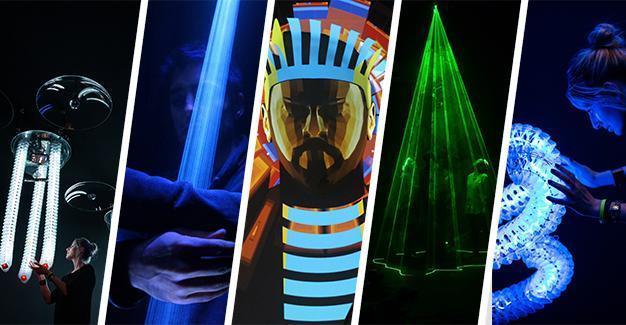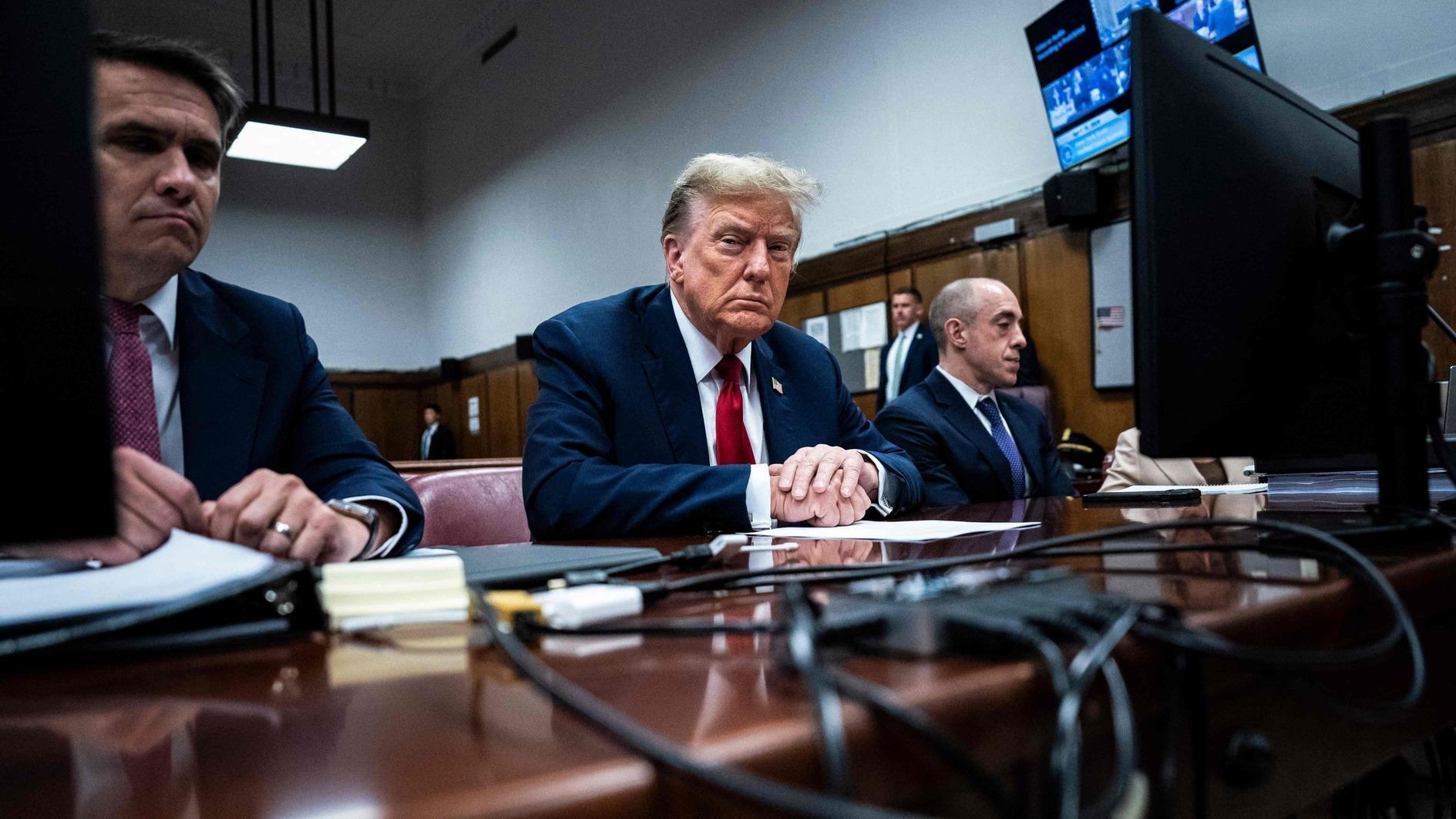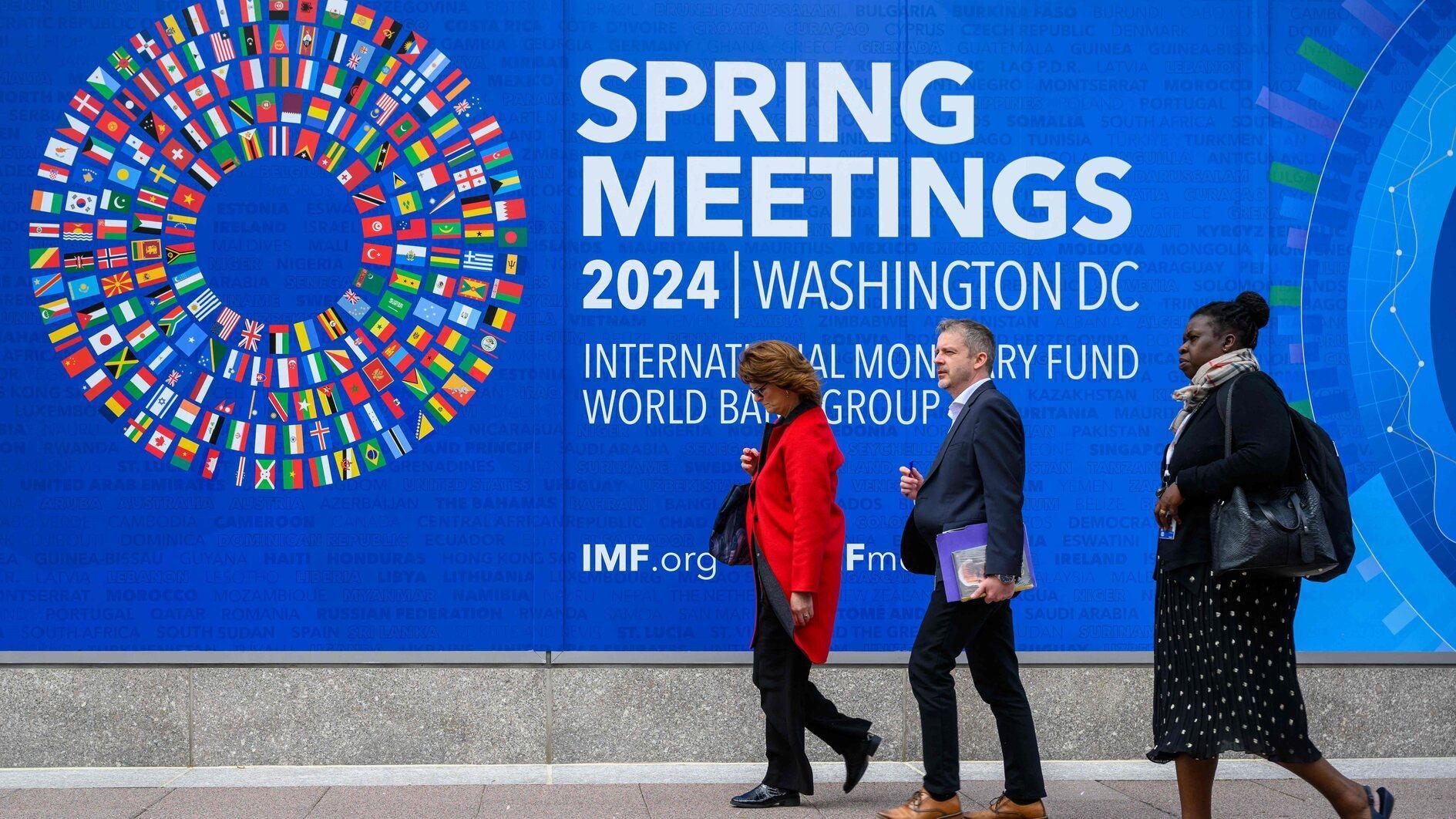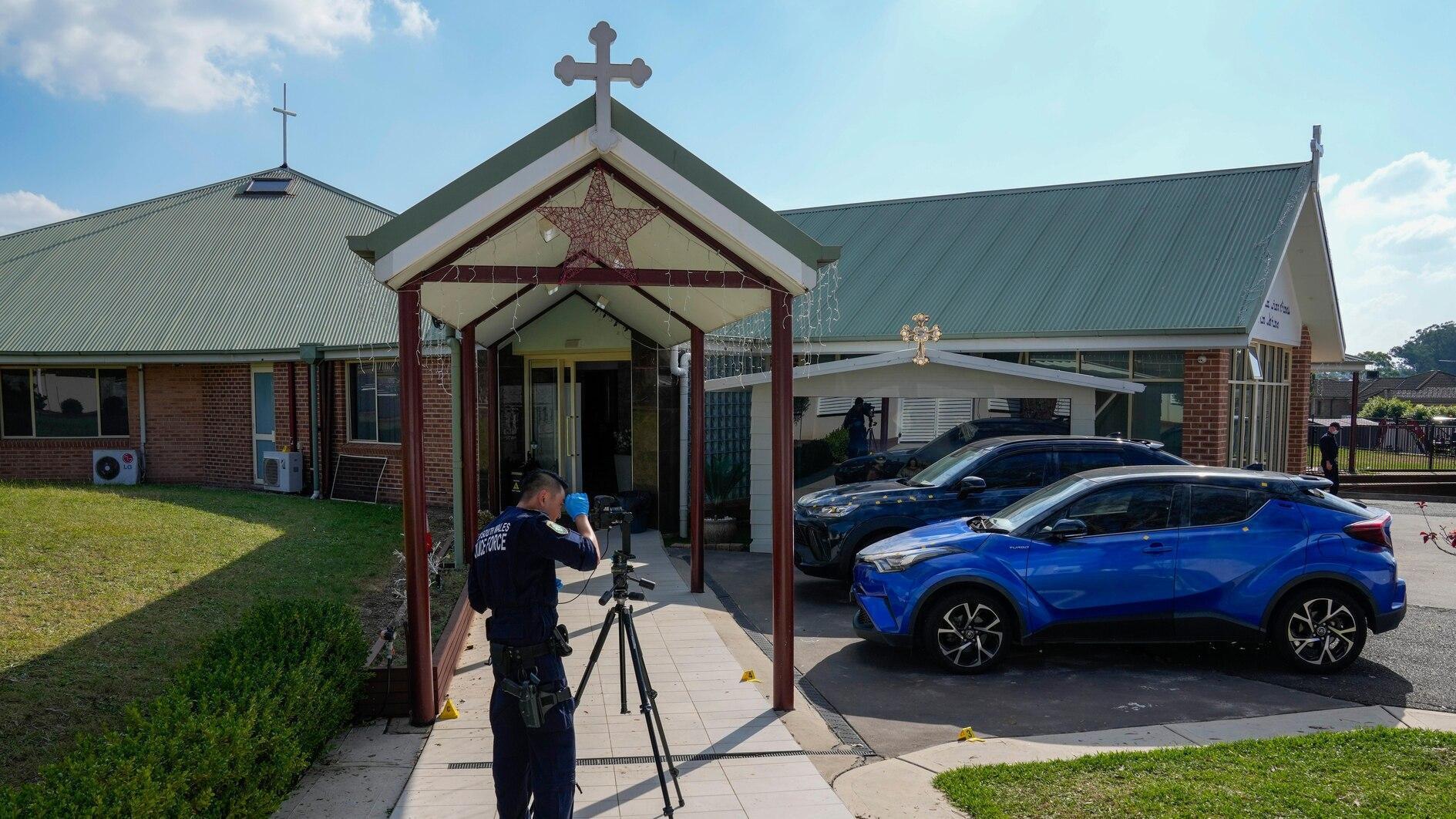Istanbul exhibition shows digital technology in arts since 1970s
ISTANBUL
 First shown at Europe’s largest multi-arts and conference venue, the Barbican Centre in London, the “Digital Revolution” exhibition has opened at Istanbul’s Zorlu Performance Arts Center (PSM) after previously being on view in London, Stockholm and Athens.
First shown at Europe’s largest multi-arts and conference venue, the Barbican Centre in London, the “Digital Revolution” exhibition has opened at Istanbul’s Zorlu Performance Arts Center (PSM) after previously being on view in London, Stockholm and Athens. “Digital Revolution” explores and celebrates the transformation of the arts through digital technology since the 1970s. The exhibition brings together a range of artists, filmmakers, architects, designers, musicians and game developers who use digital media to push the boundaries of their fields.
The show also looks to the future and considers the impact of creative coding, DIY and maker-culture, digital communities and the creative possibilities offered by augmented reality, artificial intelligence, wearable technologies and 3D printing.
Speaking at the opening ceremony on Feb. 23, Zorlu PSM general Director Murat Abbas said the digital world was increasingly surrounding us.
“During the four-month exhibition, visitors will witness the process of digital revolution and see what kind of products can be created,” Abbas said.
Neil McConnon, the international representative of Barbican Centre, said the exhibition “redefines the concept of reality.”
“Although it has a short history, we had chance to work with the important figures of the digital world in this exhibition,” McConnon said.
Curated by Conrad Bodman, the exhibition includes new commissions from artists Umbrellium (Usman Haque and Nitipak “Dot” Samsen); Universal Everything; will.i.am, Yuri Suzuki, Pasha Shapiro and Ernst Weber; and a collaboration with Google in the form of digital art commissions called DevArt, pushing the possibilities of coding as a creative art form. It also presents work by Oscar-winning Visual Effects Supervisor Paul Franklin and his team at Double Negative for Christopher Nolan’s groundbreaking film “Inception,” as well as artists and performers including Rafael Lozano-Hemmer, Chris Milk, Aaron Koblin, Björk and Amon Tobin.

Exhibition spaces
The exhibition space opens by juxtaposing creative software projects from the 1970s to the present day, shown on their original hardware platforms. Showcasing work across art, design, games, music and film, the interactive “Digital Archaeology” section creates an overview of key creative moments during this period of rapid change.
“We Create” explores projects that allow people to become the creators. A highlight of this section is Chris Milk and Aaron Koblin’s crowd-sourced tribute website, the Johnny Cash Project, which allows people to contribute a frame to an online filmic tribute to Cash.
“Creative Spaces” examines how digital technology is allowing rapid creative change in film and online, contrasting blockbuster Hollywood visual effects with the work of a new generation of independent artists and filmmakers.
One of the key sections of the exhibition, “Sound and Vision,” looks at how musicians have experimented with digital technology. Pieces include Pyramidi, a new commission by global music artist, entrepreneur and philanthropist will.i.am and artists Yuri Suzuki, Pasha Shapiro and Ernst Weber exploring the interface between analogue and digital music in a live gallery experience. will.i.am is well-known as a technology advocate and enthusiast.
The section also features Arcade Fire’s interactive video “The Wilderness Downtown” and a series of app-based projects in which artists have worked to visualize music, including the app “Biophilia” (Björk) by Scott Snibbe Studio and Peter Chilvers and Brian Eno’s “app SCAPE” (2012).
“State of Play,” which focuses on the ways in which we are able to engage and interact with digital projects using camera based systems such as the Kinect, featuring interactive works by artists Rafael Lozano-Hemmer and Daniel Rozin. The next section is dedicated to DevArt. This major project by Google with the Barbican explores art made with code, by developers using technology as their canvas, and code as their raw materials to create innovative, interactive digital art installations.
“Digital Revolution” can be visited through June 12 at Zorlu Center PSM’s new exhibition space, Sky Lounge.

















